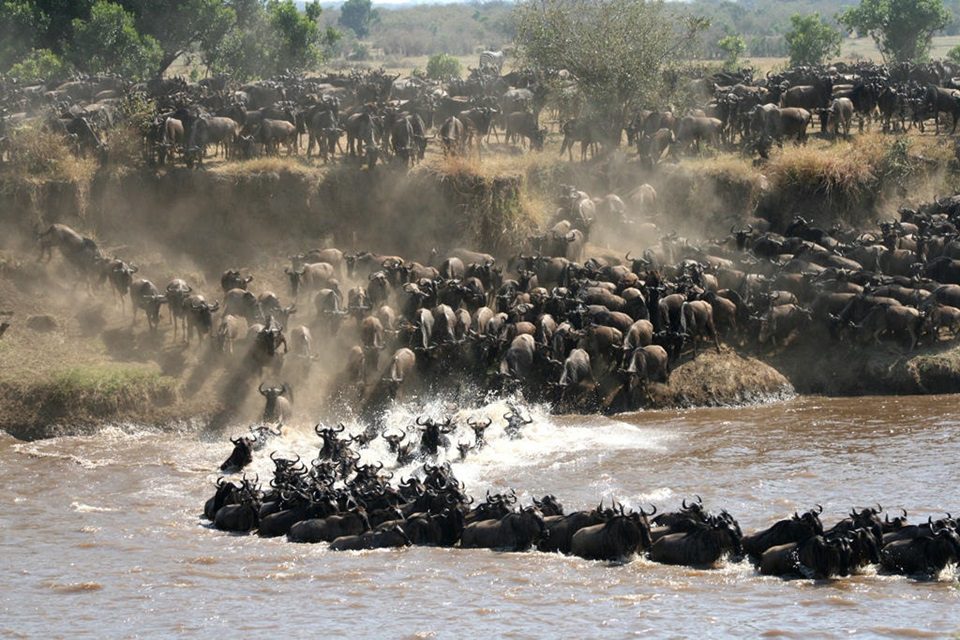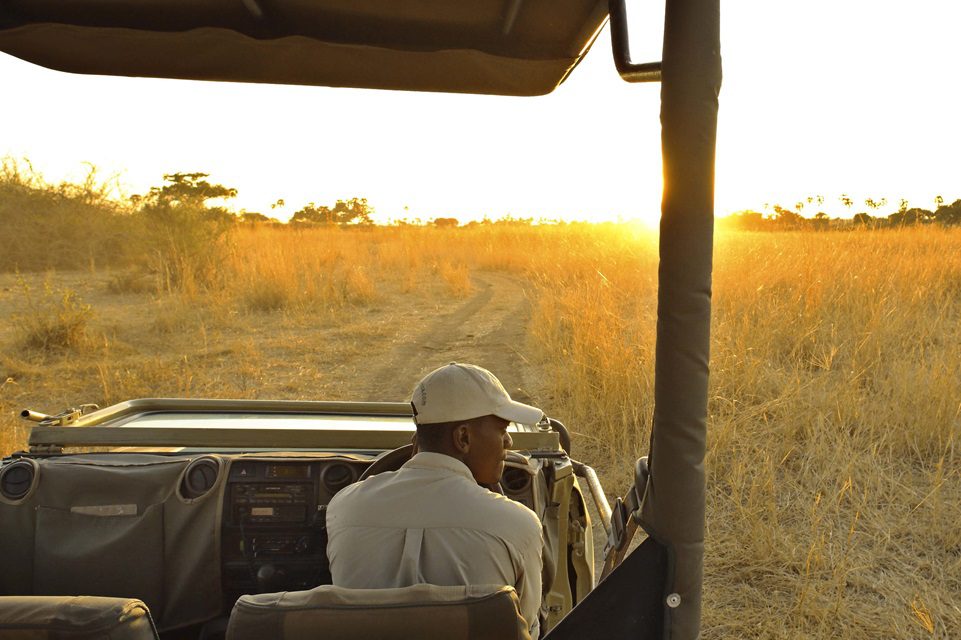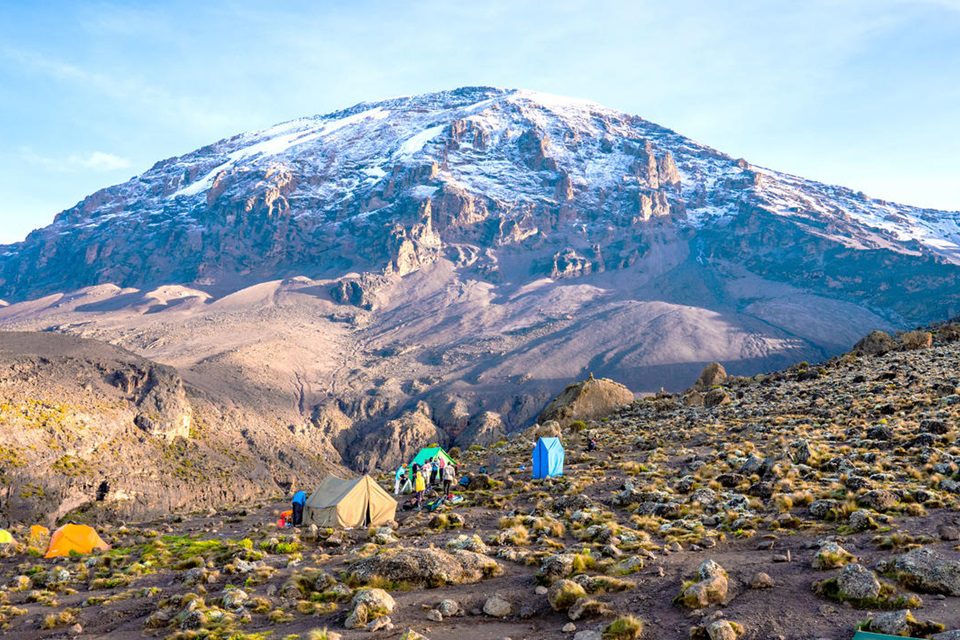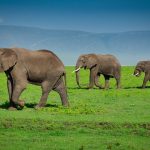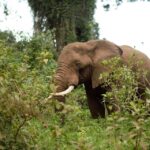Discover Tanzania: Home of the Great Wildebeest Migration
Tanzania, a jewel of East Africa, stands as one of the most captivating safari destinations in the world. Known for its untamed wilderness, dramatic landscapes, and rich cultural heritage, the country offers a safari experience like no other. Yet, among all its wonders, one natural phenomenon draws travelers from every corner of the globe: the Great Wildebeest Migration.
Often referred to as “The Greatest Show on Earth,” the Great Wildebeest Migration is nature’s most dramatic theater. This epic journey involves more than 1.5 million wildebeests, alongside hundreds of thousands of zebras and gazelles, moving in a circular path across the Serengeti ecosystem. Their relentless search for fresh grazing and water defines the rhythm of life in this iconic region. Witnessing this migration is not just about seeing animals, it’s about feeling the pulse of the wild.
What Exactly Is the Great Wildebeest Migration?
The Great Wildebeest Migration is the largest terrestrial mammal migration on the planet. It is a year-round cycle driven by seasonal rainfall patterns, where herbivores move in a clockwise loop across the vast Serengeti plains of northern Tanzania and into Kenya’s Maasai Mara. This journey covers nearly 3,000 kilometers annually and serves as a lifeline not only for the migrating animals but for the entire savannah ecosystem.
As the wildebeests journey across these grasslands, they play a vital ecological role. They trample and fertilize the soil, shaping the vegetation, while also providing sustenance for Africa’s top predators, lions, cheetahs, leopards, hyenas, and crocodiles. Every step of this migration is a survival story, a drama of birth and death, of movement and instinct.
Why Tanzania Is the Best Place to Witness the Migration
While the migration briefly crosses into Kenya, the heart of this phenomenon lies firmly within Tanzania. Roughly 80% of the entire migration takes place on Tanzanian soil. Serengeti National Park is the main stage for the migration, offering vast open plains where wildlife action unfolds in spectacular fashion. Other key areas like the Ndutu Plains and the Ngorongoro Conservation Area further enrich the migration experience, providing diverse habitats and remarkable viewing opportunities.
Tanzania also offers more space and fewer crowds than Kenya’s Maasai Mara, especially during the shoulder seasons. From January to December, different parts of Tanzania offer front-row seats to the migration’s many phases, from calving to river crossings, making it a year-round safari destination for those who plan wisely.
When and Where to Witness the Migration
Each time of year offers a unique chapter in the migration saga. From January through March, the southern Serengeti and Ndutu regions become a nursery for wildebeest calves. Over 500,000 babies are born in just a few weeks during this calving season, drawing predators in large numbers and creating heart-stopping scenes of predator-prey interaction.
As the long rains begin in April and May, the herds push northward through the central Serengeti. The landscape is lush, green, and visually stunning, with lower tourist numbers making it ideal for those seeking a more peaceful safari experience. By June and July, the herds reach the western corridor, where the Grumeti River presents the first major challenge. Here, crocodiles lie in wait, and the crossings, while not as famous as the Mara, are every bit as dramatic.
In August, September, and October, the migration arrives in the northern Serengeti and heads toward the Mara River, where one of nature’s most iconic events takes place. Wildebeests brave the river’s strong currents and lurking predators in an effort to reach richer pastures. This is the most popular time to witness the migration and often considered the climax of the entire cycle.
By November and December, the herds begin their return southward, completing the circle. The plains start to dry again, and the wildebeests follow the scent of rain and fresh grass, preparing for the next season of renewal.
Enhancing Your Safari with Other Parks and Wildlife
Although the Serengeti is the focal point of the migration, Tanzania offers so much more. The Ngorongoro Crater, a UNESCO World Heritage Site, offers a high-density wildlife experience within a collapsed volcano. Tarangire National Park is known for its large elephant herds and ancient baobabs, while Lake Manyara offers scenic beauty and tree-climbing lions. Arusha National Park adds a blend of forest and mountain terrain for those looking for variety and less-traveled trails.
Beyond the wildebeests, Tanzania’s wilderness bursts with life. Expect to encounter lions lounging under acacia trees, cheetahs scanning the plains, leopards camouflaged in woodlands, and large elephant families migrating with grace. Birdlife is equally abundant, with over 500 species adding color and sound to every safari experience.
Best Ways to Experience the Migration
To truly appreciate the scale and spectacle of the migration, consider a mix of safari experiences. 4×4 game drives remain the most popular way to explore, offering flexibility and access to remote areas. For a more immersive experience, hot air balloon safaris offer a breathtaking bird’s-eye view at sunrise, watching the herds from above is a memory few ever forget. Walking safaris led by expert guides allow for a more intimate and educational connection with the land, while specialized photographic safaris help capture those once-in-a-lifetime wildlife moments.
Where to Stay During Migration Safaris
Accommodation options are as diverse as the landscape. Mobile tented camps, which move with the herds, offer authentic experiences with minimal disruption to nature. Luxury lodges like Ndutu Safari Lodge, Four Seasons Serengeti, Singita Grumeti, and Lemala camps combine comfort with incredible proximity to wildlife. Many camps and lodges also offer nighttime game drives, cultural interactions with local Maasai communities, and sundowners with views that stretch into eternity.
Planning Your Migration Safari: Key Tips
Planning a successful migration safari requires timing and expertise. It’s essential to book early, ideally six to twelve months in advance, especially during peak river crossing seasons. Work with a trusted local operator like Ron Adventure, who understands the terrain, animal patterns, and logistics. Be clear about your interests, whether you want photography, luxury, walking safaris, or family-friendly options. Pack appropriately for both warm days and cooler nights, and always carry good binoculars, a camera, and an open sense of wonder.
The Journey of a Lifetime
To witness the Great Wildebeest Migration is more than just a safari, it’s an immersion into the raw rhythm of nature. It’s the sound of hooves thundering across open plains, the tension of predator and prey, the golden sunsets over endless horizons. It’s moments of stillness and motion, silence and roar, all wrapped into an experience that stays with you long after the dust settles.
Tanzania isn’t just where the migration happens; it’s where Africa’s wild soul comes alive. Begin your journey with Ron Adventure and discover why this land continues to inspire the world’s greatest wildlife stories.

